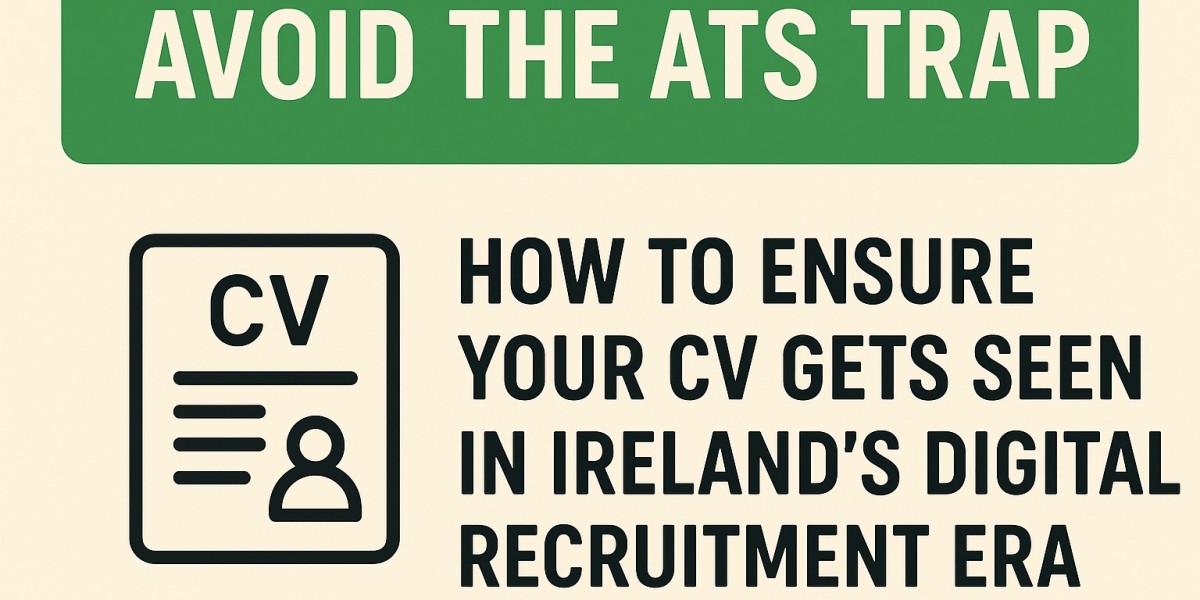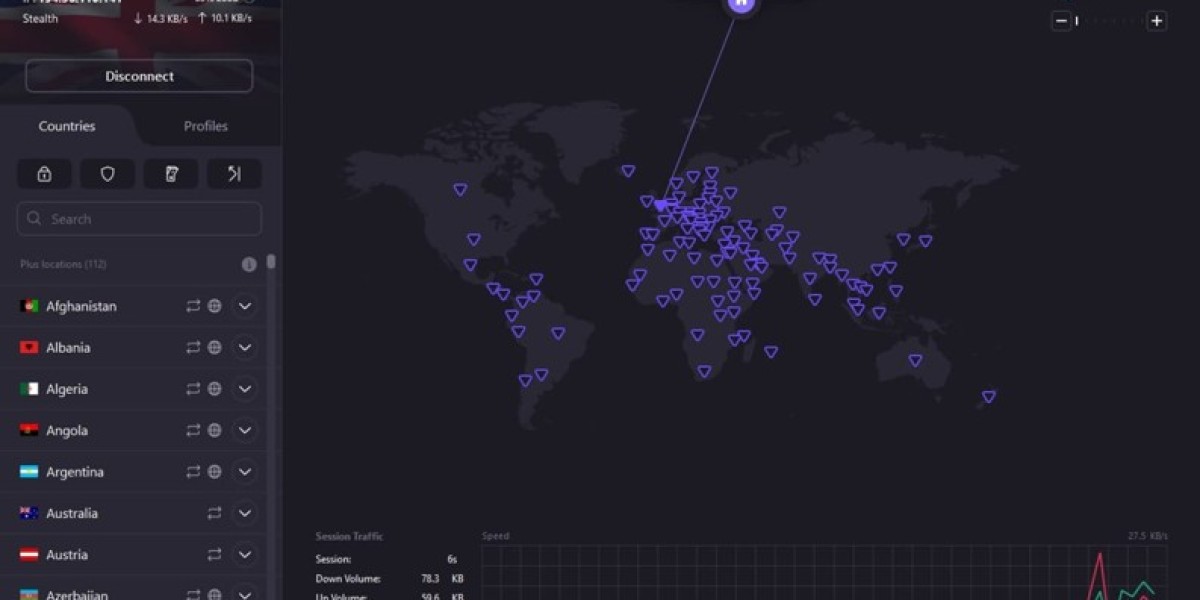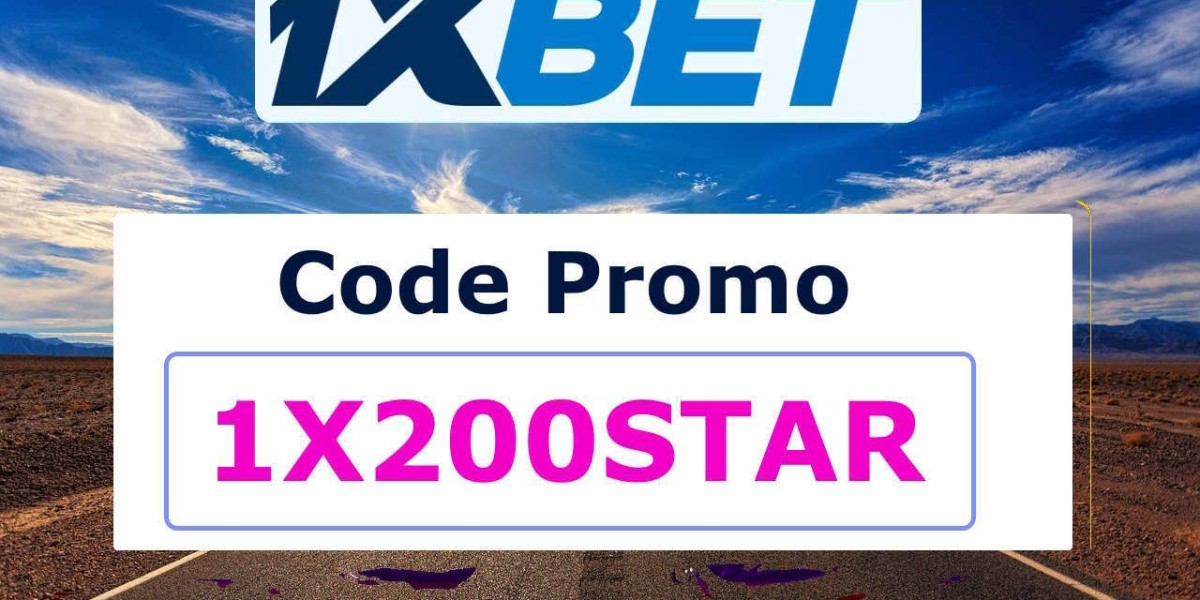In today’s fast-moving job market, especially across Ireland, professionals increasingly turn to a cv writing service Ireland for help. Why? Because simply having the right experience and qualifications is often no longer enough — your CV needs to get past an electronic gatekeeper before a human even reads it. That gatekeeper is the Applicant Tracking System (ATS), and mastering how it works is a critical step if you don’t want your application to disappear into the digital abyss.
1. What is an ATS — and why it matters in Ireland
An Applicant Tracking System (ATS) is a piece of software used by recruiters and HR teams to collect, sort, scan and rank job applications. In Ireland, the adoption of ATS has become widespread: many firms, agencies and public-sector bodies use these systems to manage high volumes of applications.
What this means for you is that no matter how strong your experience, if your CV isn’t formatted, keyword-aligned or structured in a way the ATS reads easily, you could be excluded from the short-list before a recruiter actually opens the file.
2. Common ways CVs get tripped up by ATS
Here are typical mistakes people make that frustrate ATS scanning:
· Complex layout, graphics or tables: Many ATS struggle with columns, images, icons, elaborate formatting. A clean, plain layout is safer.
· Missing or wrong keywords: If the job advert mentions “Project Management”, “Stakeholder Engagement”, “Regulatory Compliance”, and your CV uses oddly different phrases, the ATS may rate you lower.
· Unclear headings: The software often looks for standard headings like “Work Experience”, “Skills”, “Education”. Non-standard headings can reduce readability.
· Using PDFs that are not text-searchable or fonts not encoded properly: Some ATS require .doc/.docx or a simple PDF.
· One generic CV for all jobs: If you apply for different roles without tailoring the CV to each job’s keywords, you reduce your chances.
3. How to make your CV ATS-ready for the Irish job market
Let’s look at specific practical steps you can implement right now.
a) Use a simple, clean layout
Stick to single columns, avoid fancy icons, graphics, photos. Use a standard font (Arial, Calibri, Times New Roman), size 10-12 for body text. Make sure the file name is simple (e.g., “John-Smith-CV.docx”). The headings should be obvious: Summary/Profile, Skills, Professional Experience, Education, Certifications.
b) Mirror the job advert’s wording
Read the job description carefully. Note recurring phrases and keywords – for example “Team Leadership”, “Budget Management”, “Regulatory Reporting”. Where true to your experience, incorporate them naturally into your Skills or Experience bullet points. This alignment helps the ATS recognise you as a relevant match.
c) Make your professional summary count
At the top of your CV include a short profile (3-4 lines) that clearly states your role, industry, expertise and unique value. For example:
“Experienced Marketing Manager with 8 years in FMCG across Europe, specialising in digital campaign delivery, budget control and stakeholder management.”
This summary gives the ATS and the recruiter an immediate signal of relevance.
d) Highlight achievements, not just responsibilities
Rather than list generic duties (“Responsible for managing team of five”), emphasise what you achieved (“Managed team of five, delivered 20% year-on-year sales growth for Irish & UK region”). Quantifiable results stand out in both ATS parsing and recruiter review.
e) Tailor for each application
Before sending your CV, make a quick check:
· Does it include key terms from the advert?
· Is the role in the title section clear and matching the position you apply for?
· Are the most relevant skills brought forward?
Even a small tweak for each job can significantly improve your chances.
f) File format and submission tip
While PDF is often safe, many ATS systems still parse best from .docx or simple .pdf (without embedded graphics, non-standard fonts). As a rule, unless the job posting asks otherwise, use a Word (.docx) version or a simple PDF. And ensure the content is text-searchable (you can test by copying the text into Notepad).
4. What to do beyond the ATS
Even if your CV clears the ATS, you still need to impress the human reviewer. Keep in mind:
· Use compelling, clear language — don’t rely solely on buzzwords.
· Keep your CV to a manageable length (typically 2 pages for mid-career in Ireland).
· Use bullet points, consistent date formatting (month/year), and reverse chronological order.
· Include a short LinkedIn profile link (if you have one) and ensure that profile aligns with your CV.
· Make sure your personal statement/profile is human-centric, not just machine-geared: after all, a person will read it next.
5. Common myths about ATS — and what actually matters
· Myth: The ATS will completely decide; humans never look.
Reality: Many ATS systems do heavy filtering, but often a human still reviews shortlisted CVs. So you need to satisfy both machine and person.
· Myth: Just stuffing keywords will guarantee selection.
Reality: Keyword stuffing can backfire because it may make the CV unreadable or seem disingenuous. Balance is key.
· Myth: Only large companies use ATS.
Reality: Even small-to-medium enterprises in Ireland increasingly use ATS or recruitment portal filters.
6. Why some job seekers in Ireland still struggle
Even with ATS-friendly formatting, job markets in Ireland remain competitive. For example:
· Many candidates apply with identical generic CVs without tailoring to the role.
· Some candidates rely on outdated CV formats — overly decorated, non-standard structures or heavily graphic layouts.
· Others assume their profile is “obvious” without clearly stating key skills or outcomes.
· A portion of applicants overlook the importance of keywords and structure for the ATS stage.
As one Reddit user put it:
“Each application should be tailored for the job … spend an hour tailoring your CV for each job, most will never be seen by a living human because you have already been disqualified by automation.”
7. Final checklist for Irish job-seekers
Before you hit “send”, run through this quick checklist:
· Headings are standard and clear (Skills, Experience, Education)
· No fancy columns, images, graphics or overly styled fonts
· File is .docx or simple .pdf and text is selectable
· Keywords from the job advert appear naturally in your Skills/Experience
· Professional summary is tailored to the role and captures your unique value
· Achievements are quantified where possible
· CV length is appropriate (2 pages for most mid-level roles)
· LinkedIn profile link is included and aligns with your CV
8. Why using a specialist service might make sense
Sometimes candidates get stuck: it might be having the right content but poor formatting, or strong experience but weak keyword alignment. That’s where a specialist can help. A professional cv writing service Ireland will typically:
· Understand the local Irish job market and its recruitment norms
· Be aware of ATS requirements (format, keywords, structure)
· Provide a tailored, polished CV that meets both machine and human reviewer expectations
If you’re applying for roles where internal competition is high, investing in professional assistance may help you stand out
In summary: don’t let the digital gatekeeper stop you from even reaching the recruiter’s inbox. Format your CV intelligently, align it with the job requirements, tailor for each application and use a layout that keeps both ATS and human reading in mind. In Ireland’s digital recruitment era, preparation at this stage makes all the difference.
Read More...







